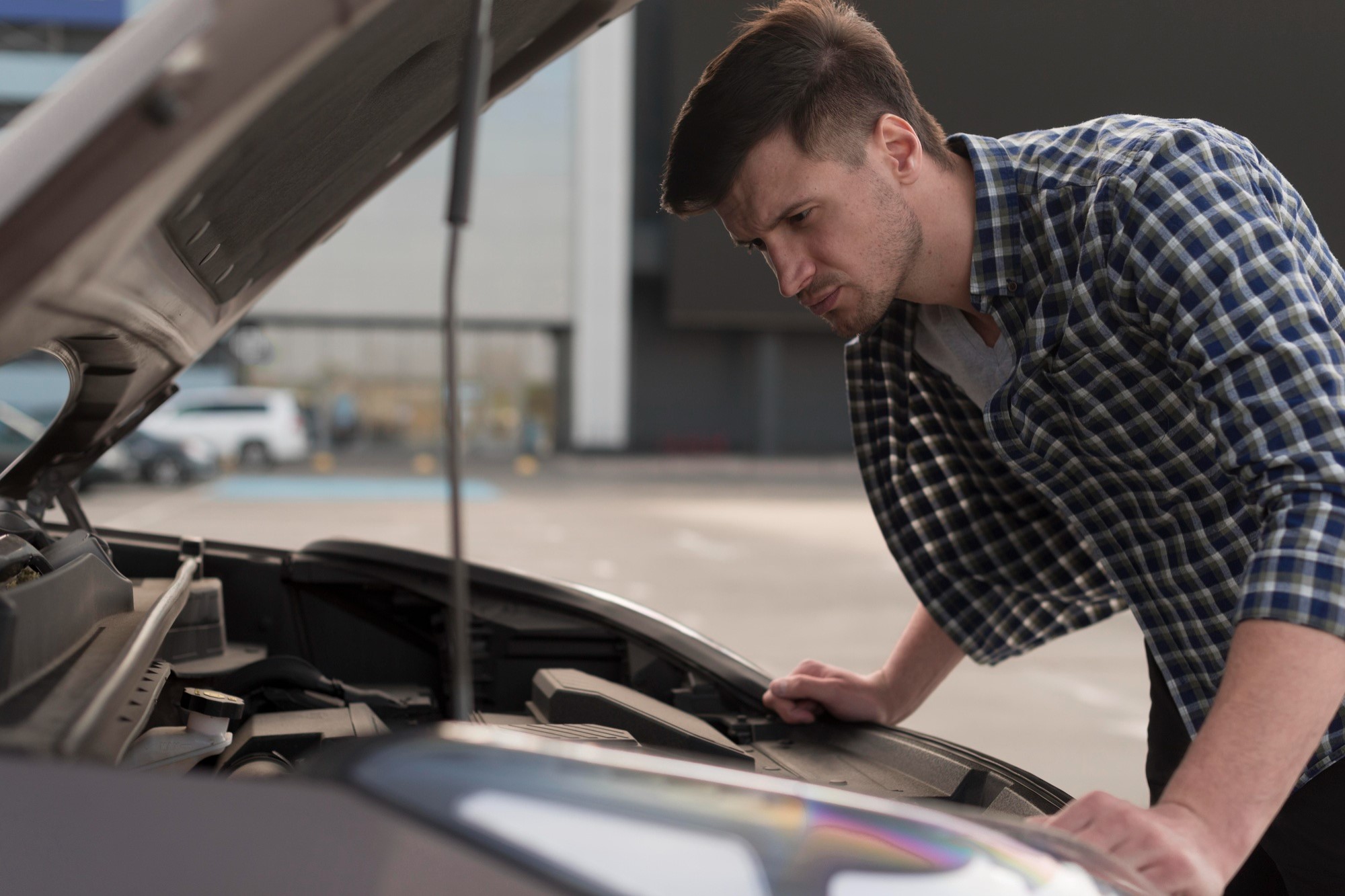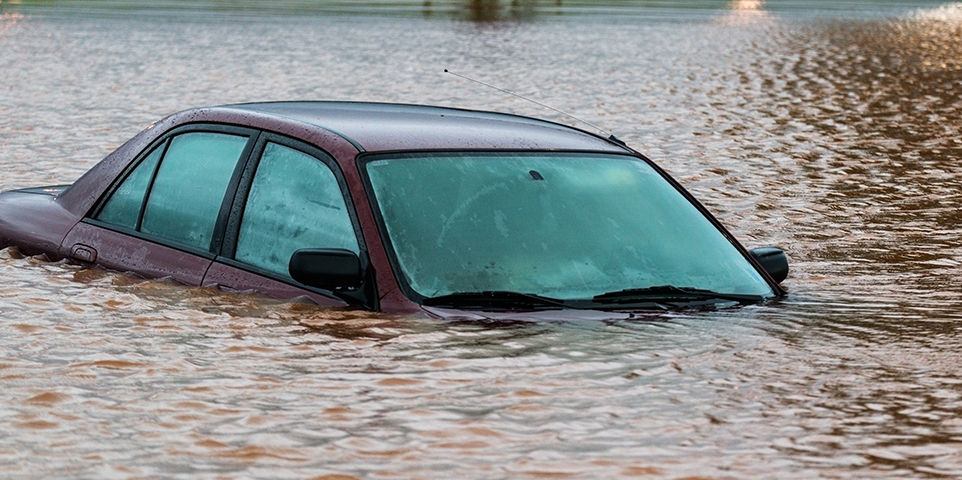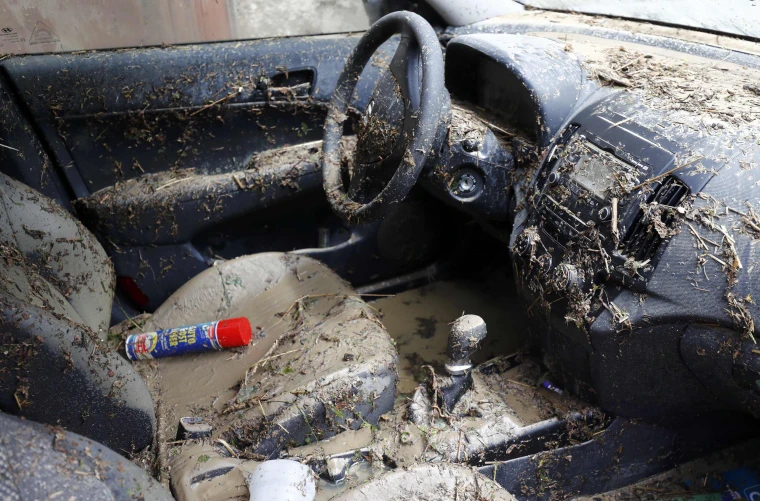Flood-damaged vehicles can pose serious risks if not properly inspected. This article outlines essential guidelines for assessing flood damage in various vehicle components. We will cover key areas such as mechanical systems, electrical components, and interior elements, providing practical tips to identify potential issues and ensure that your vehicle remains safe and reliable after a flood.
Assessing the Exterior and Undercarriage
Start by closely examining the vehicle’s exterior for any visible signs of flood exposure. Look for unusual rust or corrosion, which may indicate that water has reached areas it shouldn’t. Check for mud or debris lodged in crevices and around wheel wells, as these could suggest that the vehicle was submerged or driven through high water. Pay attention to the paint for any discoloration or bubbling, which could be a sign of underlying water damage.
Next, inspect the undercarriage thoroughly. Look for signs of sediment accumulation or corrosion on the suspension components, exhaust system, and other metal parts. Water can cause significant damage to these areas, leading to rust and structural issues. A thorough inspection of the undercarriage can reveal whether the vehicle has experienced prolonged exposure to water, helping to assess its overall condition.
Evaluating Mechanical Components
When evaluating a vehicle’s mechanical components for flood damage, it’s crucial to thoroughly inspect various parts to ensure they have not been adversely affected. Water can infiltrate critical systems and cause significant damage, so a detailed assessment is necessary. Begin with a close examination of the engine and associated components to identify any signs of water intrusion or contamination that could impact the vehicle’s performance.
- Engine Inspection: Start by checking the engine for any signs of water intrusion. Look for rust or corrosion on metal parts, which can indicate that water has entered the engine. Inspect the oil and transmission fluids for contamination, as water can mix with these fluids and affect their performance. If the fluids appear milky or discolored, it may be a sign of water damage.
- Belts and Hoses: Examine the belts and hoses for any signs of mold, mildew, or damage. Water exposure can weaken these components, leading to potential failures. Check for any signs of fraying or cracking that could indicate deterioration due to water damage.
- Radiator and Cooling System: Inspect the radiator and cooling system for signs of corrosion or debris. Ensure that the coolant is clean and at the proper level, as water contamination can affect the efficiency of the cooling system. Check for any leaks or signs of rust around the radiator and associated components.
- Transmission and Differential: Check the transmission and differential for signs of water contamination. Inspect the fluid levels and condition, looking for any signs of water mixing with the transmission fluid or differential oil. Ensure that these components are functioning properly and have not suffered any damage due to water exposure.
Evaluating these mechanical components thoroughly helps identify any potential issues related to flood damage, ensuring that the vehicle’s performance and reliability are not compromised.
Checking Electrical Systems
| Component | Potential Issues | Signs of Damage |
| Lights | Short circuits, corrosion | Flickering, dimming, or non-functional |
| Dashboard Instruments | Electrical malfunctions, water damage | Erratic readings or dead gauges |
| Wiring and Connectors | Corrosion, shorts, or moisture damage | Visible rust, frayed wires, or shorts |
When checking the electrical systems of a vehicle for flood damage, it’s important to test each component thoroughly. Water can cause significant issues in electrical systems, leading to malfunctions and potential safety hazards. Here’s a detailed approach to inspecting the electrical systems:
- Lights: Test all exterior and interior lights, including headlights, brake lights, turn signals, and interior lighting. Look for flickering, dimming, or lights that do not turn on at all, as these could indicate water damage or corrosion within the electrical system.
- Dashboard Instruments: Check the dashboard instruments for any signs of malfunction. Look for erratic readings, dead gauges, or warning lights that do not function correctly. Water damage can affect the electrical circuits that control these instruments, leading to unreliable or inaccurate readings.
- Wiring and Connectors: Inspect the wiring and connectors for signs of water damage. Look for visible rust, corrosion, or frayed wires, which can be indicators of water exposure. Pay special attention to areas where wires are bundled together or connected to critical components, as these are common spots for water damage.
Thoroughly checking these electrical systems is essential for identifying any potential issues caused by flood damage, ensuring that all electrical components function properly and safely.
Evaluating the Interior
Start by inspecting the vehicle’s interior for any visible signs of water damage. Check the carpets and floor mats for dampness, stains, or discoloration, which can indicate water exposure. Pay close attention to areas under the seats and in the footwells, as these are common places where water can accumulate and cause damage.
Next, examine the upholstery and seat cushions for any signs of mold or mildew. Water exposure can lead to these conditions, which can not only affect the comfort and appearance of the interior but also lead to unpleasant odors. Look for any signs of water stains or dampness that may suggest that the seats have been affected by flooding.
Finally, assess the condition of the interior trim and panels. Water damage can cause warping, peeling, or bubbling of these components. Check for any unusual smells or soft spots that might indicate underlying water damage. A thorough inspection of these areas can help determine the extent of the damage and whether any repairs or replacements are necessary.
Inspecting the HVAC System
Inspecting the HVAC (Heating, Ventilation, and Air Conditioning) system is essential to determine if flood damage has affected its performance and safety. Water exposure can lead to various issues within the HVAC system, including mold growth and malfunctioning components. Conducting a detailed evaluation of the system ensures that it functions correctly and does not pose health risks or comfort issues.
- Functionality Check: Test the heating, ventilation, and air conditioning (HVAC) system to ensure that it operates correctly. Turn on the system and check all settings, including the fan, air conditioning, and heating functions. Make sure that the system responds appropriately and maintains the desired temperature.
- Odor Inspection: Pay attention to any unusual or musty odors when the HVAC system is running. Water damage can lead to mold and mildew growth within the system, causing unpleasant smells. A thorough check for any musty or moldy odors can indicate potential water-related issues.
- Vent and Duct Inspection: Inspect the air vents and ducts for any signs of moisture or mold. Look for visible mold growth or water stains around the vents and on the interior surfaces of the ducts. Moisture in these areas can suggest that the HVAC system has been exposed to water, which could lead to more significant issues if not addressed.
Thoroughly inspecting the HVAC system is crucial for identifying any damage caused by water exposure. Ensuring that the system functions properly and is free from mold or moisture helps maintain a comfortable and safe driving environment.



